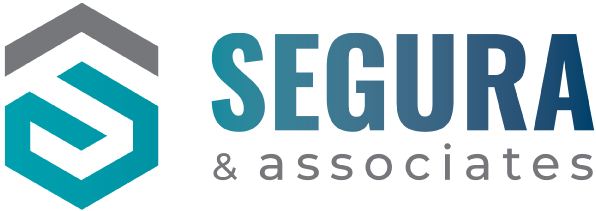Cleaning Greener and More Sustainable Starts in the Closet
The summer months may be when students and teachers get a little time off, but for cleaning professionals it’s when their real work begins. Along with stripping and refinishing floors, cleaning carpets and windows, something else cleaning workers should be doing is cleaning up the janitorial closet because cleaning greener and more sustainable starts in the closet.
This typically involves an audit of all the cleaning products used the school. The goal of the audit is to look for opportunities to select those products that have a reduced impact on the user, students and staff, the environment, and that also promote sustainability.
For instance, check to see if the closet (or storage center) includes ready-to-use products. These are typically pre-mixed products in small, handheld containers. This type of packaging is convenient, but is more costly in environmental terms as well as cost per unit of solution. More packaging requires more materials, and the release of more greenhouse gasses in the process. Switching to large, highly concentrated cleaning solutions minimizes these issues, can be a cost savings, and is a first step in making cleaning greener and more sustainable.
Our audit should also look into the following things:
- Start with the obvious: discard any damaged or leaking containers.
- Is an auto-dilution system installed? Automatic dilution systems mix concentrated green cleaning chemicals with water, ensuring that just the right amount of chemical is used and none is wasted.
- Aerosols should be eliminated. Although aerosols have been developed that have fewer volatile organic compounds (VOCs), eliminating them entirely means no VOCs are released.
- Two cleaning solutions to avoid if at all possible are chlorine and ammonia. While these products have served us well, they are very powerful and can be harmful to both the user and the environment. Chlorine specifically is often used as a disinfectant. A healthier alternative is to choose a green-certified disinfectant.*
- Are there cleaning solutions labeled “dangerous,” “hazardous,” “flammable,” or “poisonous” in the closet? While most cleaning products, green or traditional, will have “warning” or “caution” written on their labels, products labeled with these other terms should be avoided. Typically, they are used to indicate the possibility of accident, injury, or death should the product be misused.
- Look for “where did this come from?” cleaning solutions. Sometimes building users or cleaning workers will place their own cleaning solutions in the janitorial closet. If they want to use these products at home, fine, but any product that was not purchased by the school district or the contract cleaner should be discarded.
- Related to this, any cleaning solution that is unlabeled or inappropriately labeled should also be discarded. School managers and cleaning workers must know exactly what cleaning solutions are being used and as much as possible about the ingredients in these products.
Finally, after cleaning out unwelcome products, review those that remain. For each cleaning solution stored in the janitorial closet, a Safety Data Sheet (SDS) must be available in print or online. Time should also be allotted so that school administrators and cleaning workers can become familiar with the SDS, how it is laid out, written, the information provided, etc.
*Green certified disinfectants are available in Canada and the UK but not in many other parts of the world.

